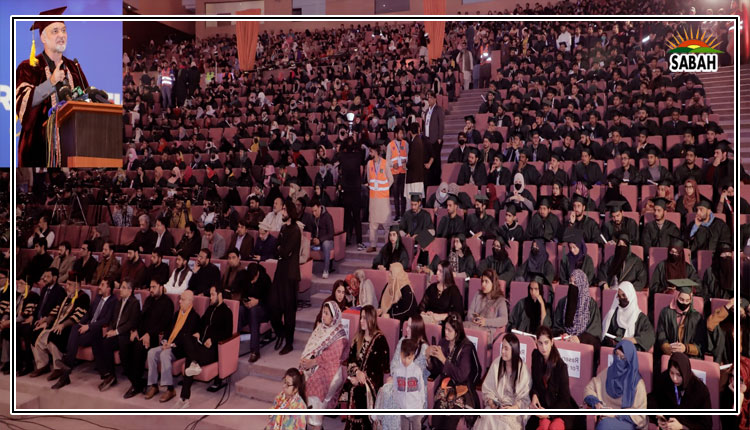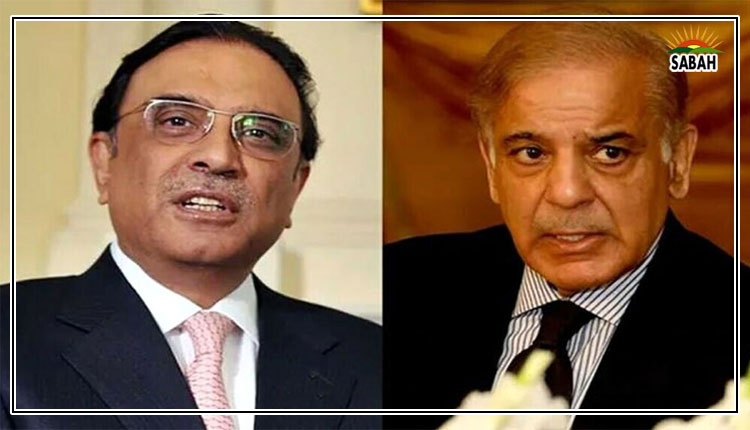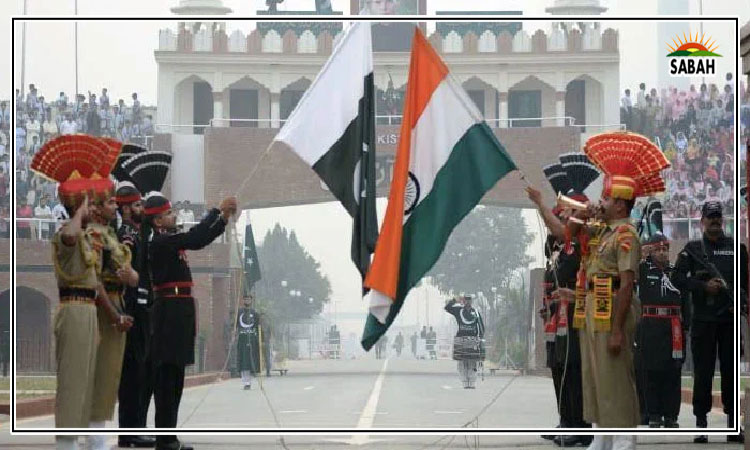Understanding the military industrial complex…Syed Mohammad Ali
It seems strange that many countries prioritise defence spending over addressing urgent needs of their citizenry. The military-industrial complex phenomenon helps explain why military spending often manages to top the list of budgetary appropriations. Having the most powerful military in the world, the US serves as a useful example in the context.
A military industrial complex refers to a web of mutually beneficial linkages between the government and its defence industry. The term was popularised by President Eisenhower in his final address to the nation in 1961. Eisenhower, a general himself during the WWII, tried to caution Americans of the unwarranted influence of a growing nexus between American policymakers, its armed forces and the burgeoning defence industry. However, if anything, this nexus has only become more integrated and influential over time.
How the US military industrial complex operates and how it influences national and foreign policies are issues which merit serious attention. While alarmed by the rapid linkages being created between the military and the defence industry, Roosevelt himself had tried to utilise the entrepreneurial efficiencies of private industries to boost defence production during WWII. Roosevelt was, however, unable to put this genie back in the bottle. Subsequent Cold War paranoia led to a boom for private companies over the next several decades, as they began to produce a plethora of defence-related products ranging from missiles to aircraft to armoured vehicles and naval vessels.
The fact that US campaign finance regulations allowed legislators to receive campaign contributions from military firms enabled the defence industry to provide financial incentives to candidates who favoured policies that helped boost the profits of defence contractors. Many former military officials also began to work as lobbyists in Washington, DC, and got paid impressive salaries to promote mutually beneficial relations between the government and large defence contractors, with a result that the Pentagon and the US war machinery now uses up over half the federal discretionary budget.
The US is, of course, not the only country where the military and industry have forged close ties. A similar nexus is evident across many other rich countries, and even poorer ones.
The military-industrial complex takes varied forms across different countries. For example, private sector firms like Airbus exert immense influence on European policymakers. In countries like France, however, the government itself owns and manages major military-associated enterprises. Conversely, the military-industrial complex has penetrated the government directly in China. According to news reports 5 out of 13 new members of the 24-member Politburo come from a military-industrial background.
In resource-constrained countries, such as Egypt and Pakistan, the military has not only nurtured the growth of a local defence industry but also expanded its corporate interests in different commercial sectors.
The military-industrial complex is also internationalising. Consider the Biden administrations decision to allow General Electric to work with Hindustan Aeronautics to co-produce jet engines powering Indian military aircraft. Sometimes, cross-country linkages between military industrial interests can also pose peculiar national security challenges in the era of increasingly fierce technological competition. Consider how last year, Airbus, the European aviation giant, got into trouble for alleged links with Chinas state-run military industries.
The global military industrial complex is continuing to expand, catalysed by ongoing great power competition and the introduction of AI-enabled warfare technologies. The Stockholm International Peace Research Institute estimates global military expenditure to have increased by 19% from 2013 to 2022, despite the global pandemic and the growing climate change threat.
There is ample need to use tech innovations to help address the rapid degradation of natural resources and to contend with varied forms of deprivation. Yet, tech advancements are unfortunately being coopted to enhance destructive capacities within a world that is already riddled by violence.
Courtesy The Express Tribune












